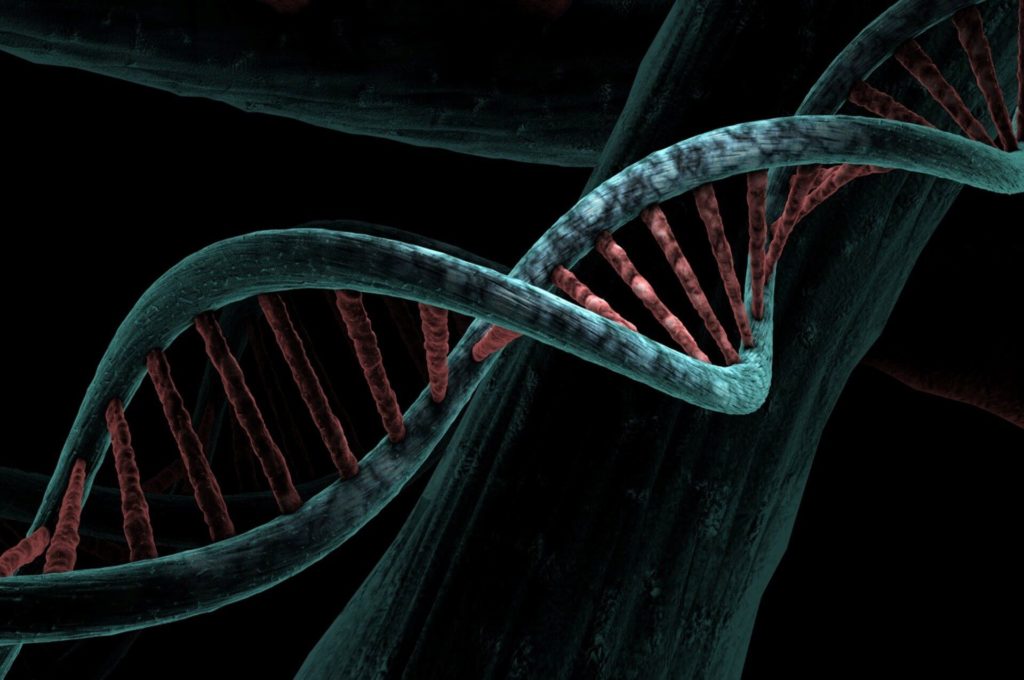How do we exist physically? We exist because of carbon chemistry and its rules which allow us to thrive and grow but sometimes result in illness and disease. DNA methylation is part of the mechanisms of epigenetics, which refers to changes caused by modification of how the gene is expressed, without a change in the genetic make-up itself. That means these changes can be reversed.

Highlights
- Methylation and how DNA methylation suppresses the expression of certain genes,
- This gene mutation can also reflect high homocysteine levels and/or excessive blood clotting. This is because optimum methylation is required to break down and clear homocysteine from your body.
Our DNA consists of four bases: cytosine, guanine, adenine and thymine. A methyl group, which contains one carbon and three hydrogen atoms, can be combined with cytosine, which results in the DNA become methylated. When the methyl group is removed from cytosine, that DNA becomes demethylated. DNA methylation suppresses the expression of certain genes. An example of the methylation process can be stopping a tumour-causing gene from expressing and hence preventing cancer.
The methylation process in the body plays a pivotal role in maintaining healthy levels of homocysteine, an amino acid involved in biochemical processes concerning neurotransmitters, the detox function, the cardiovascular function, eye health, skeletal health and muscle health and function. Maintaining normal homocysteine levels in the blood, along with optimal cholesterol and triglyceride levels, are crucial for maintaining good cardiovascular health.
An elevated homocysteine level occurs due to low levels of folate and vitamins B6 and B12, which leads to methylation of DNA and proteins, which in turn decreases the integrity of vascular structures and neurons. Providing nutritional cofactors for homocysteine metabolism is necessary to avoid high homocysteine levels. When optimal methylation occurs, it has a significant and positive impact on many biochemical reactions in the body that govern the activity of cardiovascular health, the neurological system, the reproductive system and the detoxification mechanism.

Methylation and the MTHFR gene
The methyl radical CH3 is provided to the body by SAMe (S-adenosylmethionine), which is a universal methyl donor. It is observed that SAMe gives away its methyl group readily to other substances in the body, which then allows the cardiovascular, neurological, reproductive and detoxification systems to function optimally.
MTHFR (methylenetetrahydrofolate reductase) is an important enzyme involved in the methylation cycle; it can limit the methylation that can happen in the body. The MTHFR gene dictates the process for making the enzyme MTHFR. MTHFR is critical for a chemical reaction involving vitamin folate (also called vitamin B9). It enables the conversion of a form of folate called 5,10-methylenetetrahydrofolate to a different form of folate called 5-methyltetrahydrofolate (5-MTHF). This is the main kind of folate found in the bloodstream and is a primary component of the composite process that converts the amino acid homocysteine to another amino acid called methionine. The body uses methionine to make proteins and other important compounds.
The system that produces SAMe is dependent on one switch being turned on by 5-MTHF (also known as active folate or methylfolate). If there is enough 5-MTHF present in the body, the methylation cycle will work efficiently. Folic acid from the diet or through supplements must be converted to the active form 5-MTHF, before it can be used for the methylation cycle. Unfortunately, due to genetic mutation present in some people, it becomes challenging for their bodies to create enough 5-MTHF and hence they may need to supplement it.
How common are MTHFR mutations?
MTHFR gene polymorphisms occur worldwide. The most common MTHFR mutation is called the MTHFR C677T, which is extremely common in certain ethnic and geographic populations, such as in the United States, where ≈20–40 percent of white and Hispanic individuals have this. The mutation is less common in African populations (1–2 percent).
Another mutation called MTHFR A1298C is found in 7–12 percent of North American, European and Australian populations and is less common in Hispanics (4–5 percent), Chinese (1–4 percent) and Asians (1–4 percent).
Conclusion
In a nutshell, the implication of an MTHFR gene mutation is poor methylation.
This gene mutation can also reflect high homocysteine levels and/or excessive blood clotting. This is because optimum methylation is required to break down and clear homocysteine from your body. Keeping a check on your homocysteine levels through a blood test will help you analyse and incorporate the necessary cofactors for optimal homocysteine metabolism and methylation.
Disclaimer: The contents of this article are for general information and educational purposes only. It neither provides any medical advice nor intends to substitute professional medical opinion on the treatment, diagnosis, prevention or alleviation of any disease, disorder or disability. Always consult with your doctor or qualified healthcare professional about your health condition and/or concerns and before undertaking a new healthcare regimen including making any dietary or lifestyle changes.
References








